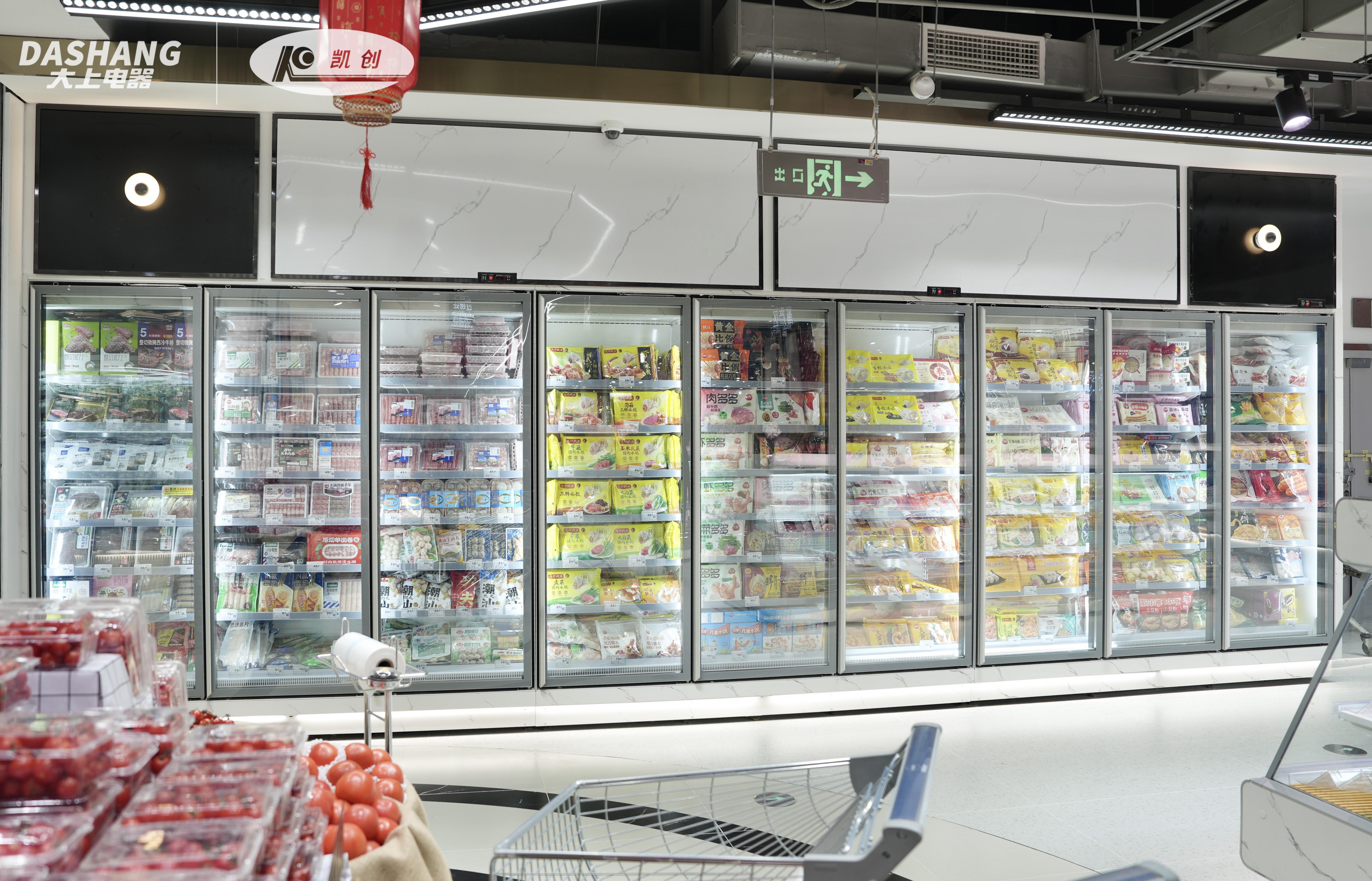In the modern retail and food service industries, energy efficiency and product visibility are key factors that influence operational success. A remote glass door fridge is an advanced refrigeration solution designed to combine superior cooling performance with aesthetic presentation. Unlike traditional self-contained units, remote fridges separate the compressor and condenser system, offering quieter operation, reduced heat emission, and easier maintenance—making them a top choice for supermarkets, beverage distributors, and food retailers.
What Is a Remote Glass Door Fridge?
A remote glass door fridge features a refrigeration system installed away from the display cabinet, usually in a back room or outdoor unit. This setup allows businesses to maintain optimal cooling while minimizing noise and heat in customer areas.
Key benefits include:
-
Enhanced Energy Efficiency – Reduces overall energy consumption compared to self-contained units.
-
Better Temperature Control – Maintains consistent cooling performance, ideal for temperature-sensitive products.
-
Improved Aesthetics – Clean, modern display enhances customer experience.
-
Lower Noise and Heat Output – Ensures a comfortable shopping or dining environment.
-
Simplified Maintenance – Remote systems allow easier servicing without disrupting store operations.
Applications Across Industries
Remote glass door fridges are widely used across multiple B2B sectors that prioritize both product display and refrigeration efficiency:
-
Supermarkets and Hypermarkets – Ideal for displaying beverages, dairy, and frozen products.
-
Convenience Stores – Provides maximum visibility with minimal space consumption.
-
Restaurants and Cafeterias – Keeps ingredients fresh while maintaining a quiet kitchen environment.
-
Pharmaceutical Storage – Ensures reliable temperature regulation for medical and biotech applications.
-
Cold Chain Logistics – Integrated into large-scale refrigerated warehouses for centralized cooling systems.
Key Features of Remote Glass Door Fridges
When selecting a remote glass door fridge, businesses should consider several performance-defining features:
-
Double or Triple-Glazed Doors – Prevents condensation and improves insulation.
-
LED Interior Lighting – Provides bright, energy-efficient illumination for product visibility.
-
Digital Temperature Control – Enables precise temperature monitoring and regulation.
-
Eco-Friendly Refrigerants (R290, CO₂) – Meets environmental compliance standards.
-
Customizable Configuration – Adjustable shelving, multiple door sizes, and modular designs.
-
Durable Construction – High-quality materials ensure long-term reliability.
These features not only improve product preservation but also optimize operational efficiency for commercial users.
Advantages for B2B Buyers
Choosing a remote glass door fridge offers several strategic advantages for businesses:
-
Long-Term Cost Savings through reduced energy and maintenance costs.
-
Flexible Integration with centralized or multi-zone refrigeration systems.
-
Enhanced Brand Presentation through sleek, transparent design.
-
Sustainability Compliance aligning with corporate ESG goals.
In competitive retail and hospitality markets, such equipment upgrades directly contribute to operational excellence and customer satisfaction.
Conclusion
The remote glass door fridge is a cornerstone of modern commercial refrigeration—combining energy efficiency, visual appeal, and operational flexibility. For B2B buyers in retail, hospitality, or industrial refrigeration sectors, investing in remote systems means reducing operational costs while enhancing the overall shopping or service experience. As global energy regulations tighten, remote refrigeration will continue to shape the future of sustainable and efficient cooling solutions.
FAQ Section
1. What is the difference between a remote and self-contained glass door fridge?
A remote fridge separates the compressor and condenser system from the display cabinet, while a self-contained unit houses everything together. The remote design reduces heat and noise in customer areas.
2. Can remote glass door fridges be used for frozen products?
Yes. Many models are designed for both refrigeration and freezing applications, depending on compressor configuration.
3. Are remote fridges more energy-efficient?
Yes. Centralized remote systems generally consume less energy overall, especially when multiple units share the same compressor network.
4. What maintenance do remote glass door fridges require?
Routine cleaning of coils, filters, and seals is essential. However, maintenance is often simpler since the compressor is remotely located, allowing easy access for technicians.
Post time: Oct-20-2025





